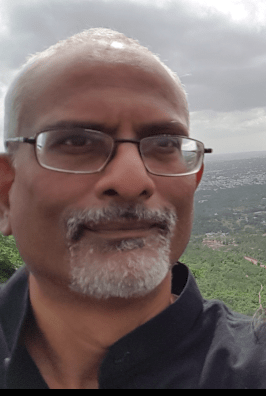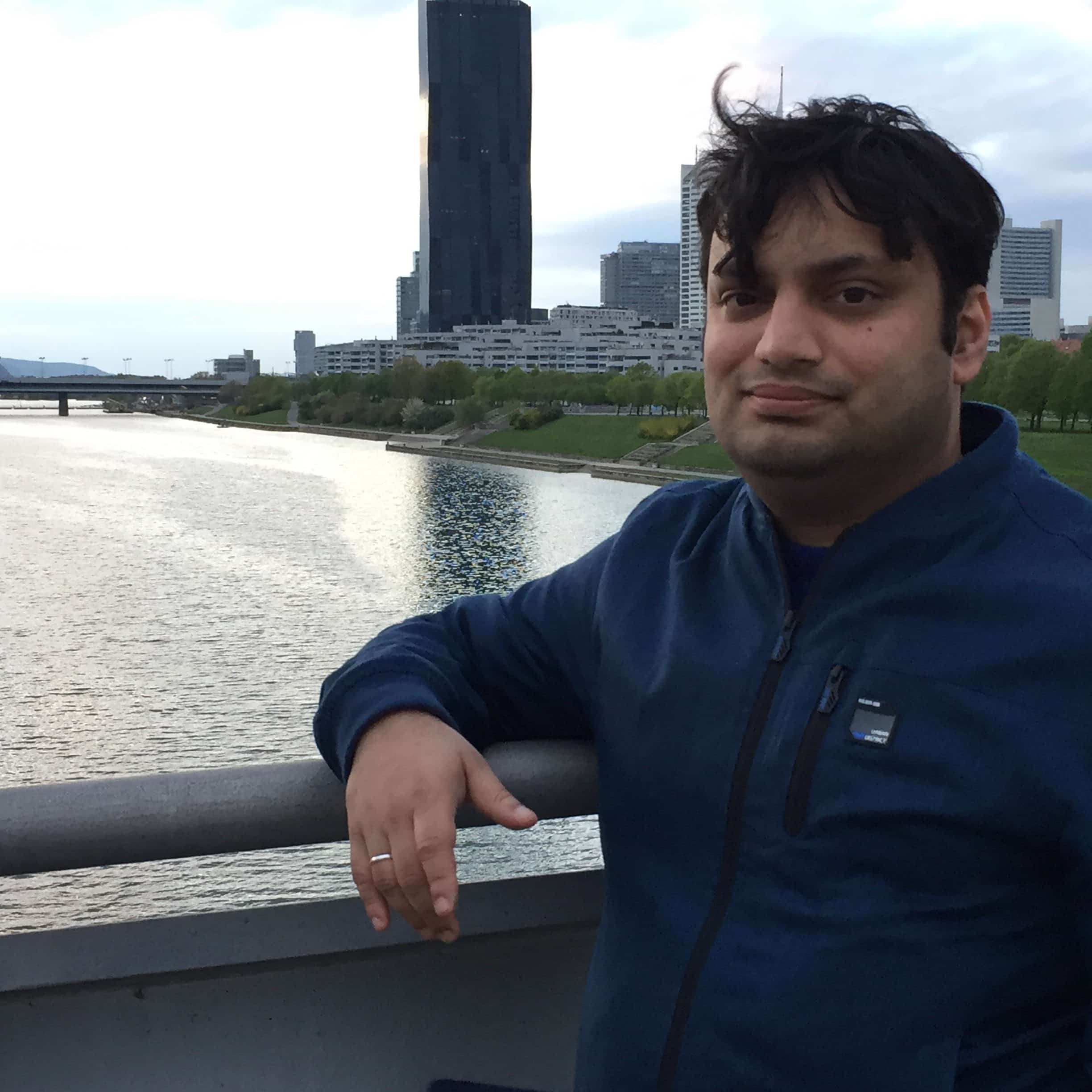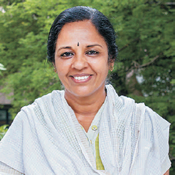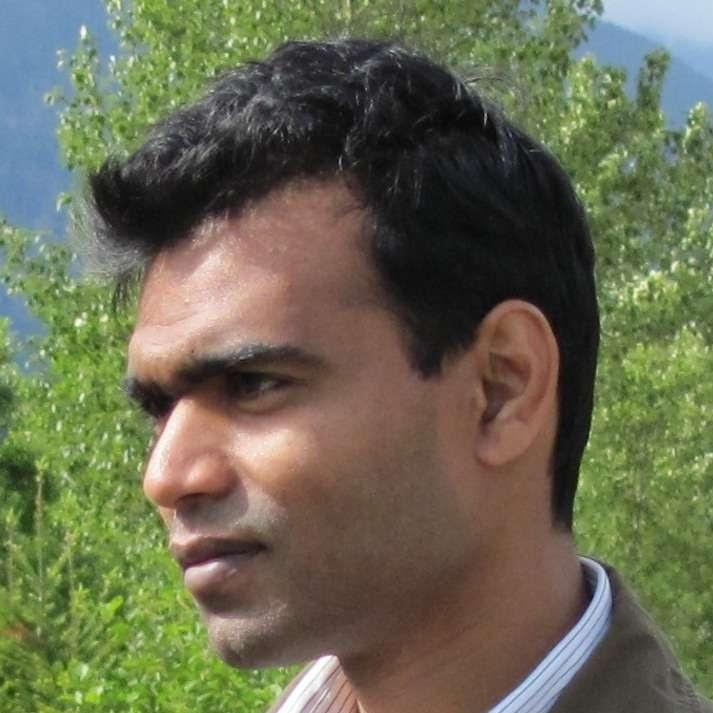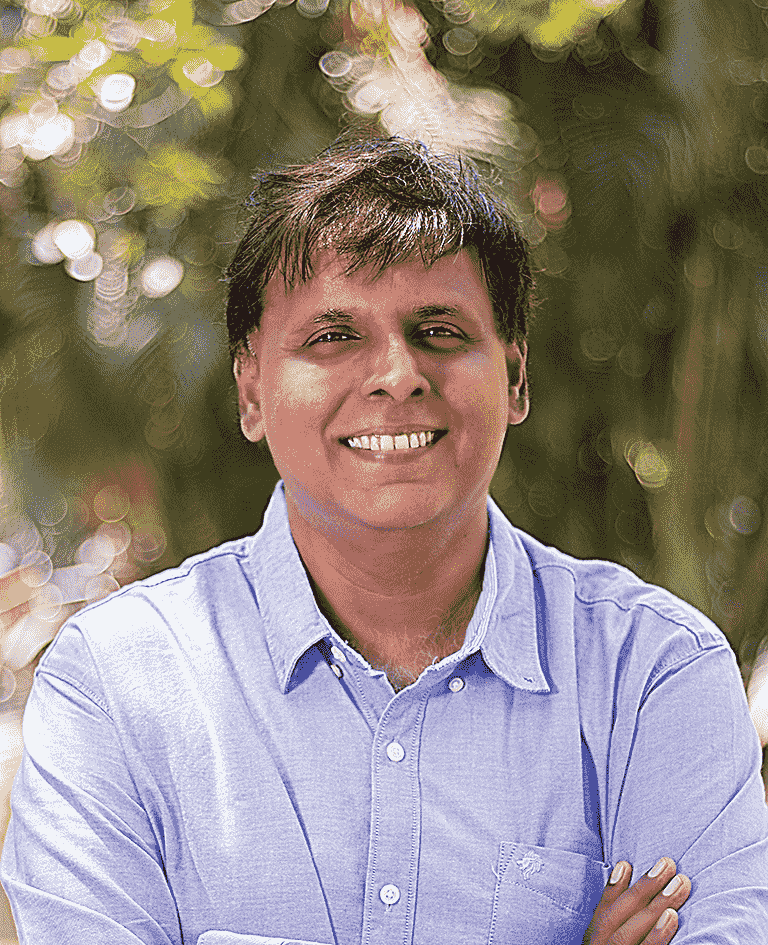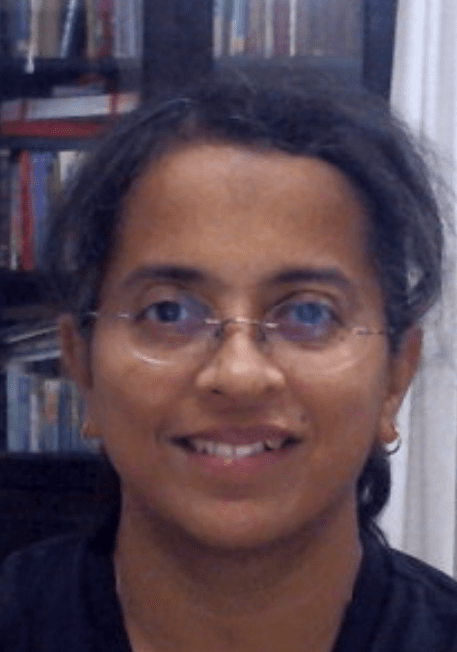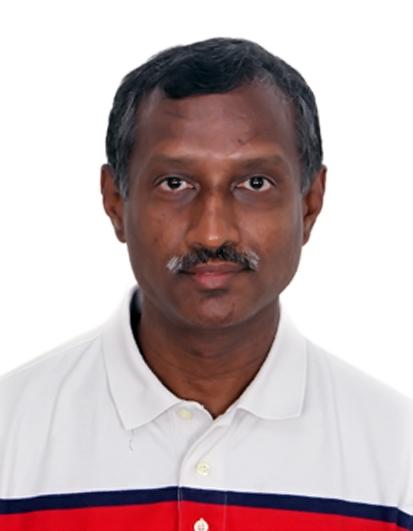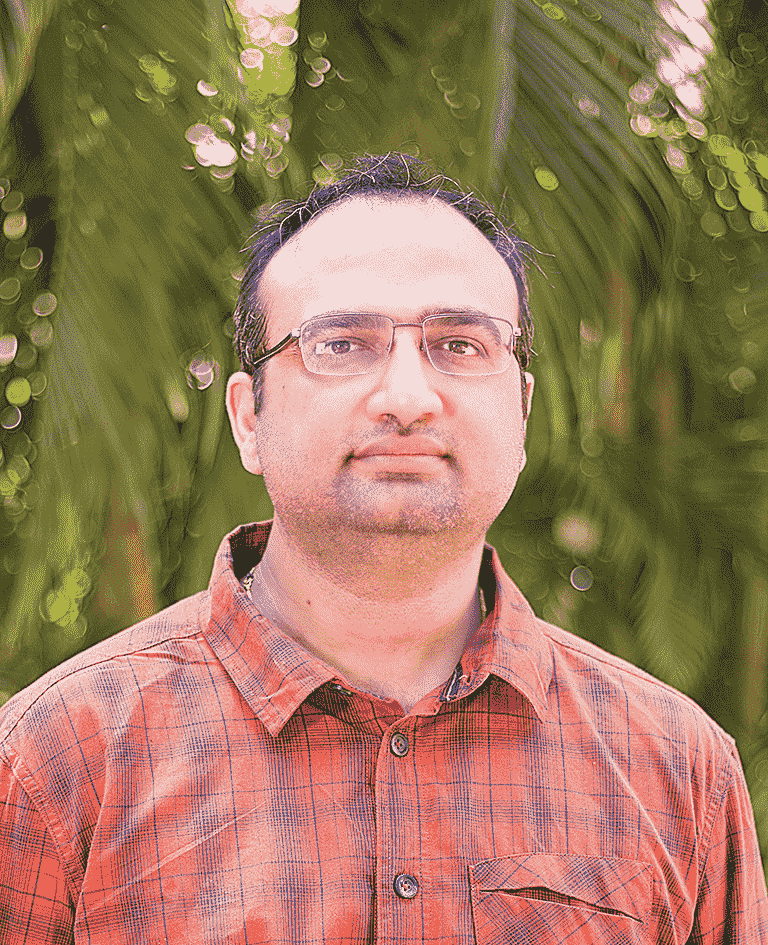Project
The promise of new quantum technologies including a quantum computer has fueled and accelerated research in various aspects of Quantum Information Science (QIS). At the heart of these developments are remarkable abstract breakthroughs that are completely theoretical and mathematical in nature. The proposed Center, premised on the evident fact that strong theoretical foundations are a cornerstone for any new technology, concentrates on the exciting theoretical and mathematical frontiers of quantum information and its applications, encompassing an entire gamut of physical systems, from quantum matter to the very structure of spacetime.
The Center will initially bring together theorists and mathematicians across three departments: Physics, Mathematics and Electrical engineering. With expertise in quantum information theory, quantum coding, metrology, quantum condensed matter physics, string theory, quantum optics, nuclear physics, and operator algebras, the proposed Center will be well poised to nucleate interactions and collaborations that will have definite international impact almost immediately. It has also been appreciated that QIT is central to the understanding of the holographic duality that conjoins the mysteries of black holes and strongly correlated many-body systems.
The problems that we propose to tackle can be classified naturally into the following three themes around which this proposal is organized.
- T1. The mathematical aspects of quantum information
- T2. Quantum dynamics, matter and information
- T3. Quantum information, fields and spacetime
There are multiple threads that interconnect the three themes ranging from entanglement to black hole physics, complexity and many body physics. These areas use common tools such as tensor-networks, quantum information theoretic methods, and operator algebras to examine various problems detailed in the proposal.
Theme-1 (T-1)
Quantum entanglement is at the heart of many fundamental problems of quantum information and its various applications. Despite intense research in the previous two or three decades, there remain several gaps in our understanding of entanglement and entanglement measures. Focussing on the case of multipartite systems, we intend to address some of the gaps in entanglement theory such as finding new classes of absolutely maximally entangled (AME) states. The problem of AME states is related to the construction of perfect tensors that are relevant to tensor networks. These have direct bearing on the construction of Quantum Error Correcting Codes. However, these results only scratch the surface of the connections between tensor networks and quantum codes. We aim to gain a better understanding of these connections, with a view to exploiting the tools of tensor networks to solve problems in quantum coding theory and vice versa. Our studies in this area will also have implications for many-body systems including quantum devices and quantum matter.
Much like entanglement, the existence of complementary aspects is a unique feature of quantum theory. Mutually Unbiased Bases (MUBs) are at the heart of investigations into complementarity and incompatibility in quantum systems. Such bases play an important role in quantum information theory and are central to quantum cryptographic tasks such as quantum key distribution. An important open question for finite dimensional quantum systems is the existence and number of MUBs in composite dimensions, the smallest being d=6. We intend to shed some light on this long standing open problem by studying incomplete, but unextendible sets of MUBs in finite dimensional Hilbert spaces. The existence and constructions of MUBs is related to several fundamental mathematical questions such as the existence of Mutually Orthogonal Latin squares, Hadamard matrices, maximal abelian subalgebras.
Theme-2 (T-2)
Attempts are currently being made in leading laboratories across the world to create specific entangled states experimentally. Entanglement as a resource is being investigated in atomic, molecular and continuous variable systems in considerable detail, and preliminary investigations are currently being made on entanglement in nuclear systems as well, although this poses special challenges because of strongly interacting substructures such as quarks and gluons. Understanding nuclear structure is complicated by the interplay of different energy scales corresponding to low, medium and heavy nuclei, their collective motion, matter existing inside neutron stars etc. The many-body techniques used theoretically are scale-dependent. It is therefore important to develop a novel approach for obtaining connections between these different many-body techniques, and hence shed light on how to carry out ab-initio calculations. The approach to understanding the structure of many-particle aggregates and collection of spins based on quantum entanglement, is of immense current interest. We note that, quantum state reconstruction from experimentally available tomograms (optical or spin/qubit tomograms) poses several challenges even in few body systems. Reconstruction techniques are inherently error-prone due to the statistical procedures used. A more efficient and useful program would be to extract as much information as possible about the density matrix solely from appropriate tomograms. This approach would involve extraction of bipartite and multipartite indicators directly from tomograms. The usefulness of such a procedure would be most evident in the context of systems with large Hilbert spaces as happens in many-body systems and bound states of several nuclei.
This program is expected to help set metrics for ab-initio calculations for coupled systems of finite nuclei and particle aggregates. While these are certainly novel aspects in the interface of quantum information and nuclear physics, the most audacious element of the proposal deals with extending these investigations to neutron star structure, such as, aspects of pairing and the BEC-BCS crossover. We will use emergent techniques such as tensor networks and holographic duality to study correlated electron systems. The information gleaned will also be used to understand the relation of sign problem encountered in quantum Monte-Carlo based simulation of quantum systems to the entanglement entropy of competing ground states.
Theme-3 (T-3)
The holographic duality of string theory has been one of the most significant developments in understanding both quantum gravity and quantum field theories which cannot be described in terms of weakly interacting quasiparticles. It gives a precise realization of the holographic principle which posits that quantum spacetime and its dynamics can be encoded in terms of a field theory living on its boundary. Quantum information theory has led to fundamental breakthroughs in understanding of this duality, especially related to how subregions of the emergent spacetime can be decoded from the field theory. The proposal that the encoding of spacetime in the field-theoretic degrees of freedom is essentially an error correcting code has resolved many inconsistencies following from properties of operator algebras, however a more precise formulation is still elusive. The understanding of how quantum black hole interiors can be reconstructed from the dual field theory and information paradoxes resolved still pose the most formidable open challenges in quantum gravity. Tractable holographic models with crucial inputs from QIT are expected to revolutionise our understanding of quantum black holes and also the fundamentals of the holographic duality.
Many basic properties of quantum field theories, such as how the effective descriptions evolve with coarse-graining, how low can the energy-momentum densities be generically, etc have been addressed by QIT inputs pertaining to entanglement properties. However, the computation of entanglement measures, and elucidating the quantum thermodynamic properties of states in field theories pose open problems. The most formidable challenge is to understand if one can simulate quantum field theories in real time in controlled approximations with discrete qubits. Decode the principles of constructing such quantum circuits should also lead us to discover generalisations of the tensor networks and the holographic duality which have indeed helped immensely in understanding some strongly correlated systems.Expected deliverables of the research
Publications in peer-reviewed high impact journals
Books and monographs (some upcoming titles are listed below):
- Arul Lakshminarayan, Book under preparation, contract with the Cambridge University Press, “Quantum Chaos: Entanglement and Many-body systems” (due to appear in 2021)
- Ayan Mukhopadhyay, Research monograph (300 pages) under preparation, contract with Springer Nature’s Lecture Notes in Physics series, “Thermalization of quantum many-body systems: Lessons from QFT and holography” expected to appear in 2021.
- Prabha Mandayam, Ayan Mukhopadhyay and Tanay Kibe, invited review on “Tensor Networks and Holography” in a special issue of EPJ-C titled “Frontiers of Holographic Duality” expected to appear in 2021.
- Suresh Govindarajan and Sutapa Samanta, a book titled “Mathieu Moonshine - A Pedagogical Introduction with Exercises” is being prepared for the Springer Lecture Notes in Physics. This is due to appear in 2021.
- S. Lakshmibala and V. Balakrishan, “Nonclassical Effects and Dynamics of Quantum Observables”, Contract with Springer Briefs in Physics (120 pages), due to appear in mid 2022.
- Special issue in EPJ-C titled “Frontiers of Holographic Duality” (Associate Editor: Ayan Mukhopadhyay) , to appear in 2021
Talks at National and International conferences/workshops/schools/outreach programs
Thematic conferences/workshops organised by the center
Seminar series organised by the center
Online courses via Swayam.Current status
- Initial discussion among members about hiring of joint post-doctoral fellows.
- Internationally renowned experts in the areas that concerns the center have been contacted and they have agreed to be on the advisory board of the Institute.
- Plans are afoot to draw-up a tentative plan for the semester long thematic program that we plan to initiate in the second year of the proposal.
- Many of the faculty members are already working in joint collaboration with each other and with their international collaborators on problems of mutual interest.
Collaborations
International Collaborations:
Quantum information, entanglement in complex systems:
- Max Planck Institute for the Physics of Complex Systems
- Technical University at Dresden, Germany.
- Washington State University at Pullman, USA
- Bristol University, UK
- University of New Mexico, USA
- Jagiellonian University, Krakow, Poland
- Center for Theoretical Physics, Warsaw, Poland.
- Centre for Quantum Technologies (CQT), Singapore
- International Centre for Theory of Quantum Technologies (ICTQT), Gdansk, Poland
Quantum dynamics, matter and information:
- Missouri University of Science and Technology, Rolla, (USA).
- University of Regensburg, Regensburg, (Germany).
- Universidade de Sao Paulo, Sao Carlos, (Brazil).
- Zhejiang University, Zhejiang, (China).
- Université de Toulouse, CNRS, France.
- Institut Néel, Grenoble, France.
- Northwestern Polytechnical University, China.
- APCTP, Korea.
- Gwangju Institute of Science and Technology, Korea.
- Yukawa Institute, Japan.
- University of Wuerzburg, Germany.
- Center for Quantum Information and Control, University of New Mexico.
- IJCLab, Orsay, France (Dr. Michael Urban - funded by CEFIPRA)
Quantum information theory, fields and spacetime:
- Laboratoire de physique d l’ecole normale supérieure (LPENS), Paris, France (pre-existing and currently funded by CEFIPRA)
- Laboratory of Theoretical and High Energy Physics (LPTHE, CNRS), Paris, France,
- Institute of Theoretical Physics (ITP), TU Wien, Vienna, Austria
- Ecole Polytechnique (Palaiseau, France)
- link International Research Network on Quantum Fields and Strings, a research network funded by CNRS and other partner organisations comprising of research groups in France, leading universities of US (Harvard, Princeton, Stanford, etc), UK (DAMPTP Cambridge, Oxford, etc), University of Amsterdam, Albert-Einstein Institute Potsdam, etc.
- IQOQI, Innsbruck, Austria
- Univ of Würzburg,Germany
- IFT, UAM, Madrid,Spain
- Texas A&M University, College Station.
- Vassar and Siena College New York.
- University of Houston.
- University of Michigan USA
- University of Paris VII, University of Caen, France
- IMPAN, University of Warsaw, Poland
- MFO, Oberwolfach, Germany
- University of Haifa, Israel
- Hebei Normal University, Dalian University of Technology, China
- ICISE, Quy Nhon Vietnam
External international site links for project:Website under preparation
For publications of CoE members see:
International Education Programs
New Educational Programs:
IIT Madras has recently started an Interdisciplinary Dual degree program on Quantum Science and Technologies. This provides a natural starting point to explore student exchange programs with similar programs across the world, such as, the Quantum Science and Engineering Minor at Caltech (USA), and the Perimeter Scholars Initiative at the Perimeter Institute, Waterloo (Canada).
Joint supervision with international collaborators:
Members of the RI are already guiding joint Ph.D students and postdocs with their international collaborators.
- Ayan Mukhopadhyay (Joint postdoc with Prof Giuseppe Policastro at LPENS, Paris under CEFIPRA)
- Sunethra Ramanan (Joint student with Dr. Michael Urban (IJCLab), under CEFIPRA)
- Rajesh Narayanan (Joint student with Prof. Ferdinand Evers (U. Regensburg) )
International conferences/seminar/webinar links
Webinar on Quantum Science and Technology with RWTH Aachen (June 2021)
We hope to build a long term strategic partnership with RWTH Aachen, including student exchange programs, faculty visits and joint PhD students.
Participating members: Arul Lakshminarayan, S Lakshmibala, Prabha Mandayam, Rajesh Narayanan and Vaibhav Madhok.
Thematic Semester on Quantum Information, Matter and Fields (Winter 2021)
- World renowned experts will be invited to give seminars and lectures on topics that are of interest to the center.
Online Seminars on Quantum Field Theory and String theory (with many talks overlapping with Quantum Information Theory) – Since May 2020
Industrial collaborations
The key issues being studied in this proposal have significant overlap with quantum research labs, especially in the areas of quantum simulations and tensor networks. Our faculty are also engaging with industry members via various outreach activities. Some of the ongoing and upcoming activities are listed below.
- Short-term course on Quantum Computation being offered for participants from HCL and Accenture. (Faculty involved: Prabha Mandayam, Arul Lakshminarayan and Vaibhav Madhok)
- Joint NPTEL course in collaboration with IBM Research India is being offered in Aug-Sep 2021 (Faculty involved: Prabha Mandayam)
Societal impact
The center provides an umbrella organisation wherein excellent young students and post-doctoral fellows are trained in collaboration with world-renowned experts who work at the cutting edge of scientific research. These young researchers trained with multidisciplinary emphasis, will form the basis of future research in Quantum Information in the country. The center will also have outreach programs at undergraduate level that attract and motivate excellent young students to work in some of the frontier areas of physics which are addressed in this proposal. The center will also run online courses through the medium of Swayam (NPTEL) and refresher courses for college teachers, which will help in training the next generation of physicists. The center will provide a collaborative platform for training and research with industry partners.
Sustenance statement:
We plan to apply for joint international funding by writing proposals with our YIFs and international collaborators. Thus, we will target international funding bodies such as the French CEFIPRA, the German DAAD, JSPS, APCTP, and the IUSSTF for joint funding. The members of the Center will also apply for grants from Indian funding bodies such as DST and NBHM, both individually and collectively. Due to the very unique constitution in its membership expertise, the center will be in a position to apply for large thematic research grants. The research problems under investigation will not merely be of importance in fundamental physics, but will also have a bearing on technological advances. For additional funding therefore, we propose to approach the appropriate corporate sectors which are involved in the development of quantum devices. Additionally, we will also look forward to being part of international research networks continuing our current membership in the IRN-QFS network comprising of universities and laboratories in France, US (Harvard, Stanford, etc), UK (DAMPTP Cambridge, Imperial College London, etc) and many other countries. The research network funds collaborative visits and exchanges.
Technical/ Scientific Progress
New work done in the project
Solved an open problem in Quantum Information, does there exist absolutely maximally entangled states of 4 parties for all local dimension larger than 2. We showed that this is possible. This work has been submitted for publication arXiv:2104.05122 [quant-ph] and has already attracted international media attention. This was proposed in the CoE as one of the major goals.
Proposed an apex of the Quantum Ergodic Hierarchy as Quantum Bernoulli Circuits. This work also shows how to construct perfect tensors and dual unitary operators. This work has been published in Phys. Rev. Research 3, 043034 (2021).
Developed quantum black hole microstate models to elucidate resolution of black hole information paradoxes and how black hole complementarity can emerge as an operational principle
Initiated the study of quantum thermodynamics in holographic many-body systems via the quantum null energy condition. We demonstrated the existence of self correcting quantum memory in 1+1D holographic systems in contradiction with no-go theorems (which applies to only stabilizer codes). The goal is to study implementation of self-correcting quantum gates in many-body systems and also quantum engines built out of evaporating black holes in contact with reservoirs.
Infrastructure developments
Have placed order for a rack compute server with the following specifications:
- 2U Chassis with 1000W Redundant Power Supplies
- Dual Socket Board supports Intel Xeon Skylake processor
- 2*Intel Xeon Gold 5218R 2.10GHz 20 Core 27.5MB
- 8*64GB DDR4 ECC-Registered 2933MHz Memory (512GB RAM)
- 1*Enterprise class 480GB SATA SSD 2.5”
- 5*Enterprise class 10TB SATA HDD’s
- 1*NVIDIA Quadro RTX A4000-8GB GPU Card
Output
Conference and Events Organized
A 2 Day virtual international conference on ``Spacetime duality in Quantum circuits" was organized by the CoE along with IIT Tirupati Dept. of Physics, Nov. 10,11. The talks are recorded and available on Youtube
NPTEL course with IBM Research, India on Quantum Information and Quantum Comm - 50K participants
Web-Enabled M.Tech in Quantum Science & Technology was launched
Media Coverage:
Work of Suhail Rather and Arul Lakshminarayan is covered in the well-known Quanta Magazine
Papers Published or Submitted on the arXiv
Exact eigenvalue order statistics for the reduced density matrix of a bipartite system, B. Sharmila, V. Balakrishnan, S. Lakshmibala, arXiv:2110.01022 (2021).
Manifestations of changes in entanglement and onset of synchronization in tomograms, Soumyabrata Paul, S. Lakshmibala, V. Balakrishnan, and S. Ramanan, arXiv:2112.13262 (2021).
On optimal cloning and incompatibility, A Mitra and P Mandayam, Journal of Physics A: Mathematical and Theoretical 54 (40), 405303 (2021).
Achieving fault tolerance against amplitude-damping noise, A Jayashankar, MDH Long, HK Ng, P Mandayam, arXiv preprint arXiv:2107.05485 (2021).
T. Kibe, P. Mandayam and A. Mukhopadhyay, ``Holographic spacetime, black holes and quantum error correcting codes: A review,’' [arXiv:2110.14669 [hep-th]] (to appear in EPJC special volume “Frontiers in Holographic Duality)
T. Kibe, A. Mukhopadhyay and P. Roy, ``Quantum thermodynamics of holographic quenches and bounds on the growth of entanglement from the QNEC,’' [arXiv:2109.09914 [hep-th]] (under review in PRL)
S. Mondkar, A. Mukhopadhyay, A. Rebhan and A. Soloviev, ``Quasinormal modes of a semi-holographic black brane and thermalization,’' JHEP 11 (2021), 080 doi:10.1007/JHEP11(2021)080 [arXiv:2108.02788 [hep-th]].
T. Mitra, A. Mukhopadhyay and A. Soloviev, ``Hydrodynamic attractor and novel fixed points in superfluid Bjorken flow,’' Phys. Rev. D 103 (2021) no.7, 076014 doi:10.1103/PhysRevD.103.076014 [arXiv:2012.15644 [hep-ph]].
B. Doucot, A. Mukhopadhyay, G. Policastro and S. Samanta, ``Linear-in-T resistivity from semiholographic non-Fermi liquid models,’' Phys. Rev. D 104 (2021) no.8, L081901 doi:10.1103/PhysRevD.104.L081901 [arXiv:2012.15679 [hep-th]].
T. Mitra, S. Mondkar, A. Mukhopadhyay, A. Rebhan and A. Soloviev, ``Hydrodynamic attractor of a hybrid viscous fluid in Bjorken flow,’' Phys. Rev. Res. 2 (2020) no.4, 043320 doi:10.1103/PhysRevResearch.2.043320 [arXiv:2006.09383 [hep-ph]].
S. Govindarajan, M. Shabbir and S. Viswanath, sl(2)hat decomposition of denominator formulae of some BKM Lie superalgebras,’' Nucl. Phys. B 973 (2021), 115614 doi:10.1016/j.nuclphysb.2021.115614 [arXiv:2106.01605 [hep-th]].
S. Aravinda, Suhail Ahmad Rather, Arul Lakshminarayan, From dual-unitary to quantum Bernoulli circuits: Role of the entangling power in constructing a quantum ergodic hierarchy, Phys. Rev. Research 3, 043034 (2021).
Suhail Ahmad Rather, Adam Burchardt, Wojciech Bruzda, Grzegorz Rajchel-Mieldzioć, Arul Lakshminarayan, Karol Życzkowski, Thirty-six entangled officers of Euler: Quantum solution to a classically impossible problem, arXiv:2104.05122 [quant-ph], Submitted to the Phys. Rev. Lett..
Conference Presentations
Signatures of revivals, entanglement and quantum synchronization in tomograms, Soumyabrata Paul, S. Lakshmibala, V. Balakrishnan and S. Ramanan, Talk given in the Conference on Complex Systems (CCS2021), Lyon, October 25-29, 2021.
“Achieving fault-tolerance against amplitude-damping noise", October 22 2021, Invited Talk at Quantum Information and Computation: From Foundations to Applications, IIT Jodhpur, Speaker: Prabha Mandayam
“Holographic quantum thermodynamics, Landauer’s erasure and entanglement”, Indian Strings Meeting (International edition), Dec 12-17, 2021. Speaker: Ayan Mukhopadhyay
“Analogue Quantum Black Holes”, YITP (Univ of Kyoto) online workshop on Strings and Fields, Nov 16-20, 2020. Speaker: Ayan Mukhopadhyay
“Analogue Quantum Black Holes”, The Dual Mystery of Gauge Theories and Gravity (on- line workshop in honor of David Gross at IIT Madras), Oct 29-23 2020 Speaker: Ayan Mukhopadhyay
“Nonperturbative Models of QGP”, Extreme Nonequilibrium QCD, online discussion meeting at ICTS-TIFR Bengaluru, Oct 5-9 2020. Speaker: Ayan Mukhopadhyay
Seminar at the Atom Optics Department, Jagiellonian University, Cracow, Poland, A road to quantum Bernoulli circuits YouTube Link, 2021
From dual-unitary to quantum Bernoulli circuits: entangling power’s role in constructing a quantum ergodic hierarchy February 4 2021, Seminar at Center for Theoretical Physics of Complex Systems (PCS), Institute for Basic Science (IBS) Daejeon 34126 South Korea.
“Hybrid Hydrodynamic attractor and the Quark Gluon Plasma" , Poster presentation at . XXIV DAE-BRNS Symposium on High Energy Physics organized by NISER Bhubaneswar Presenter: Sukrut Mondkar (winner of Best Poster Award)
Mobility
Visits planned for PI, co-PIs, international collaborators and students (both inbound and outbound)
Relationship
Industrial Engagement
University Engagement
Ayan Mukhopadhyay and Suresh Govindarajan organize a series of online talks in the field of string theory and quantum field theory with speakers from all over the world. This series is called The Dual Mysteries of Gauge Theories and Gravity (YouTube channel and website). This series included a major conference in string theory with 43 international speakers and a public discussion led by Nobel Laureate Prof David Gross (website).
Ayan Mukhopadhyay is one of the nodal contacts of the international research network in Quantum Fields and Strings (website) funded by CNRS.
Updates
Relevant Updates
Website developed

